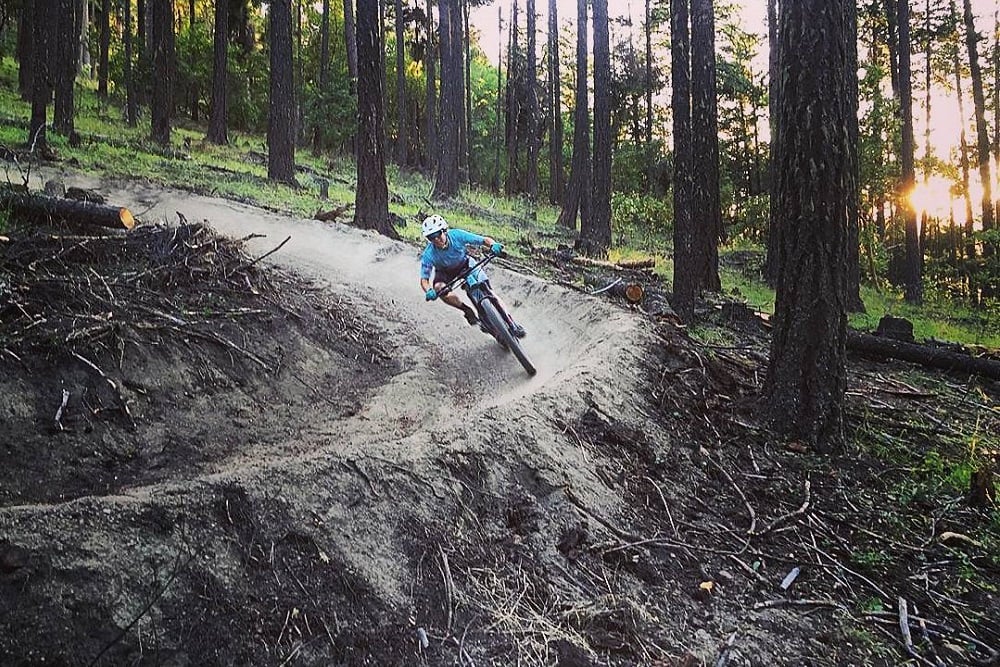

If this column had no yellow pixels, but any of the red ones, the sheep would do a close-range jump. As long as there exists even one of the yellow pixels in this column, the sheep will detect it and do its far-range jump. The picture below shows a sheep approaching a column of pixels. But when the pixel is raised to a height of 9 through 13 pixels, it will once again detect it, this time starting its jump around 50 pixels back (measured to its front legs), which you can call its far-range jump. Now if we increase the height of this lone pixel, we find that the animal detects it and does a close-range jump at heights of 1, 2, 3, 4, and 5 pixels, but passes under the pixel at the 6, 7, and 8 positions. You can call this the animal's close-range jump. So what happens if a sheep, skunk, or mole 'sees' a 1-pixel tall bump right in front of it? As long as there are no other objects to make it jump beforehand, it will always jump roughly 20 pixels from the bump horizontally, measured to its front legs. As the animal travels forward on this plane, it's only going to take into consideration objects close in front of it to determine when it jumps, and for now, we only consider objects above the height of the level plane, so no gaps.


It helps to look at an animal's behavior when it's moving on a long flat plane, because you can always think of the pixels the animal is standing on as its ground level. 5 What Can Animals Walk Over in Walk Mode?.The cookie is set by the GDPR Cookie Consent plugin and is used to store whether or not user has consented to the use of cookies. The cookie is used to store the user consent for the cookies in the category "Performance". This cookie is set by GDPR Cookie Consent plugin. The cookie is used to store the user consent for the cookies in the category "Other. The cookies is used to store the user consent for the cookies in the category "Necessary". The cookie is set by GDPR cookie consent to record the user consent for the cookies in the category "Functional". The cookie is used to store the user consent for the cookies in the category "Analytics". These cookies ensure basic functionalities and security features of the website, anonymously. Necessary cookies are absolutely essential for the website to function properly. Skill areas addressed: Gross motor skills, cognitive skills, coordination, balance, sensory integration, motor control Be silly and put the animals in reverse! Can your child jump like the animals above, but backwards? Challenge your child to think of other animals that jump and come up with descriptive words to describe how they jump. Practice these skills outside using sidewalk chalk on the driveway!
#Sunriver animal jumping line how to
On the monkey’s line, see how far she can jump, mark it and see if she can beat her distance the next time! How to change it up: See if she can hit each of the marks you’ve drawn on the tape. Talk about how each animal would jump and then encourage your child to make her way across each of the lines of tape jumping like the designated animal. And for the monkey, leave the tape blank. On the frog’s line, place a mark every 2 feet. Tape one of the pieces of paper on the floor at the start of each line of tape.įor the kangaroo, use the marker to mark the tape at intervals of about 3’. Write the names of the following animals, each on its own piece of paper: kangaroo, rabbit, frog, monkey. Put 4 strips of masking tape on the floor that are each about 10’ long. In the book, you’ll find ways to maximize the sensory experience in this activity and other fun ways to use this activity for learning. This activity is straight from the pages of our book, Playful Learning Lab for Kids ! Get your copy today and learn how to use this activity as part of a whole-body math lesson to target the concept of measurement. Is jumping still challenging for your child? Check out these ideas for teaching your child how to jump. Today, we will be jumping long and high like kangaroos, fast and low like bunny rabbits, from all fours like frogs and, for a challenge, as far as we can like monkeys! To close out our animal series, we have a game that will have your kids jumping like animals found all over the world! You know how we roll around here - MOVE TO LEARN! It gets them moving and learning and that kind of learning is the kind that really sticks! It’s always awesome when you can work language, cognitive, or academic concepts into physical games for kids.


 0 kommentar(er)
0 kommentar(er)
